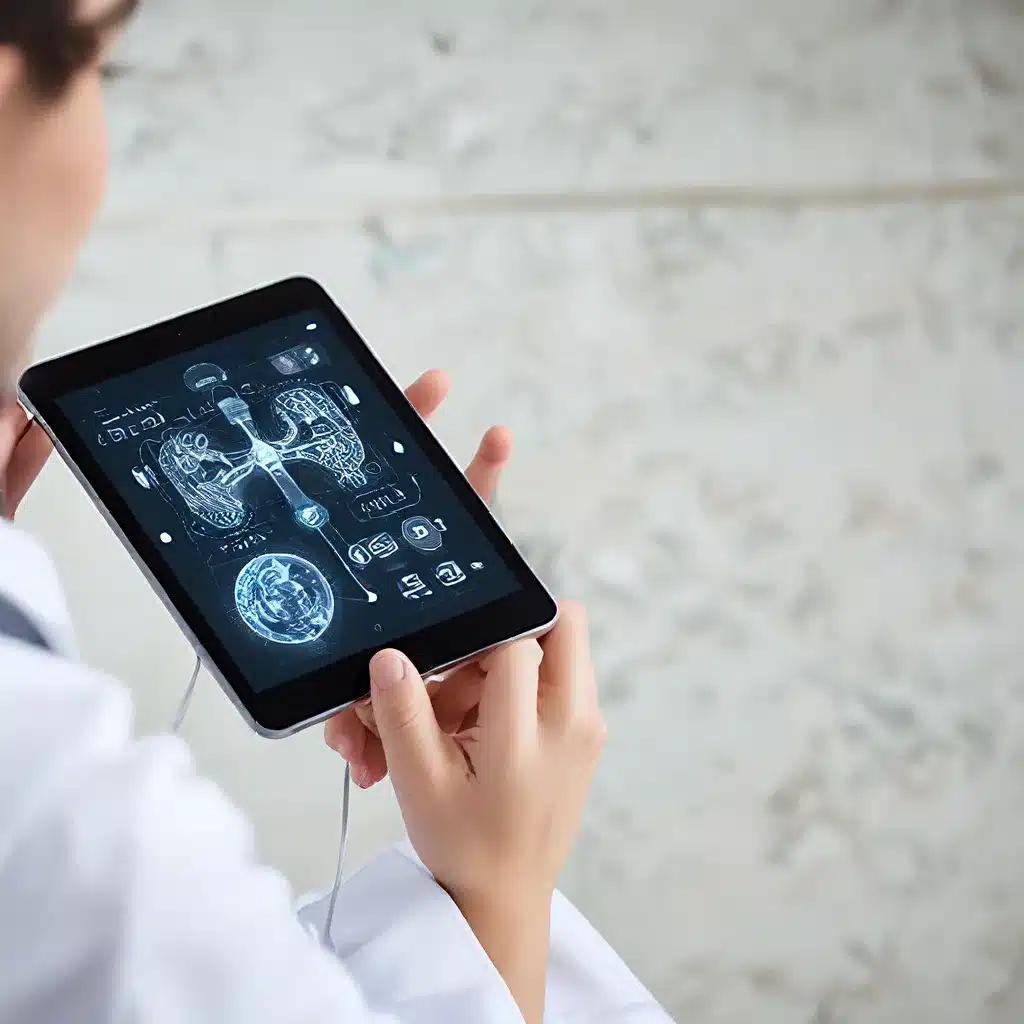
Revolutionizing Patient Care with Sensor Networks
Sensor networks have emerged as a powerful tool in the healthcare industry, enabling a paradigm shift in the way patient care is delivered. By integrating Internet of Things (IoT) technologies, these networks are transforming the landscape of healthcare, leading to improved patient outcomes, enhanced operational efficiency, and cost savings.
One of the key drivers behind this transformation is the ability of sensor networks to collect and analyze real-time data from various medical devices and wearables. This data, combined with advanced analytics and machine learning algorithms, provides healthcare practitioners with a comprehensive understanding of a patient’s health status, allowing for early detection of potential issues and personalized treatment plans.
Enhancing Patient Monitoring and Early Intervention
Sensor-based patient monitoring systems are revolutionizing the way healthcare professionals track and manage patient health. Wearable devices such as smartwatches and fitness trackers can continuously monitor vital signs, activity levels, and other physiological parameters, providing a detailed, up-to-date view of a patient’s condition. This data can be seamlessly integrated into electronic health records (EHRs) and shared with healthcare providers, enabling them to make more informed decisions and intervene promptly when necessary.
Furthermore, IoT-enabled home monitoring solutions allow patients to receive care in the comfort of their own homes, reducing the burden on healthcare facilities and minimizing the risk of hospital-acquired infections. These systems can detect early warning signs, trigger alerts, and facilitate remote consultations, empowering patients to take a more active role in managing their own health.
Improving Chronic Disease Management
Sensor networks are particularly effective in the management of chronic diseases, such as diabetes, hypertension, and heart failure. By continuously monitoring vital signs, medication adherence, and lifestyle factors, these networks can provide healthcare providers with a comprehensive view of the patient’s condition. This allows for personalized treatment plans, early intervention, and proactive management of the disease, leading to improved patient outcomes and reduced healthcare costs.
For example, smart insulin pens that monitor medication usage can help diabetic patients better manage their condition, while connected blood pressure cuffs can alert healthcare providers to potential issues, enabling them to adjust treatment accordingly. These IoT-enabled devices not only streamline the management of chronic diseases but also empower patients to take an active role in their own care.
Enhancing Operational Efficiency and Cost Savings
Sensor networks in healthcare not only improve patient outcomes but also drive operational efficiency and cost savings. Asset tracking and management solutions, enabled by RFID and Bluetooth Low Energy (BLE) technologies, can help healthcare facilities optimize the utilization of medical equipment, reduce inventory costs, and improve workflow.
Additionally, predictive maintenance models, powered by sensor data and machine learning, can help healthcare organizations anticipate and address equipment failures before they occur, reducing downtime and maintenance expenses. This increased operational efficiency translates to improved patient care and cost savings for healthcare providers.
Addressing Security and Privacy Challenges
As sensor networks become increasingly integrated into healthcare, the security and privacy of patient data have become paramount concerns. Robust cybersecurity measures, such as end-to-end encryption, access controls, and intrusion detection systems, are crucial to protect sensitive information and ensure compliance with data privacy regulations like the Health Insurance Portability and Accountability Act (HIPAA).
Healthcare organizations must also prioritize the secure integration of IoT devices into their existing IT infrastructure, addressing potential vulnerabilities and ensuring the confidentiality, integrity, and availability of patient data. Continuous monitoring, regular software updates, and employee training are essential for maintaining a strong security posture and building trust with patients.
Driving Energy-Efficient and Sustainable Sensor Networks
The energy consumption of sensor networks in healthcare is another critical consideration, as these systems often operate in remote or resource-constrained environments. Energy-efficient sensor node designs, low-power communication protocols, and innovative power management strategies are essential to minimize the environmental impact and ensure the long-term sustainability of these networks.
Advancements in energy harvesting technologies, such as solar, thermoelectric, and piezoelectric solutions, can help power sensor nodes without the need for frequent battery replacements. Additionally, edge computing and cloud-based data processing can reduce the energy demands of sensor networks by offloading computationally intensive tasks to centralized resources.
By addressing these energy-related challenges, healthcare organizations can deploy sensor networks that are both environmentally sustainable and financially viable, contributing to the overall long-term success of IoT-driven healthcare solutions.
Conclusion: Unlocking the Full Potential of Sensor-Driven Healthcare
The integration of sensor networks and IoT technologies in healthcare has already begun to transform the way patient care is delivered. By leveraging real-time data, advanced analytics, and remote monitoring capabilities, these systems are improving patient outcomes, enhancing operational efficiency, and driving cost savings.
As the adoption of sensor-driven healthcare solutions continues to grow, it is crucial for healthcare organizations to address the security, privacy, and energy-efficiency challenges associated with these technologies. By doing so, they can unlock the full potential of sensor networks and IoT, paving the way for a future where personalized, proactive, and sustainable healthcare becomes the norm.
Explore the sensor-networks.org website to stay informed about the latest advancements and insights in the world of sensor networks and IoT.